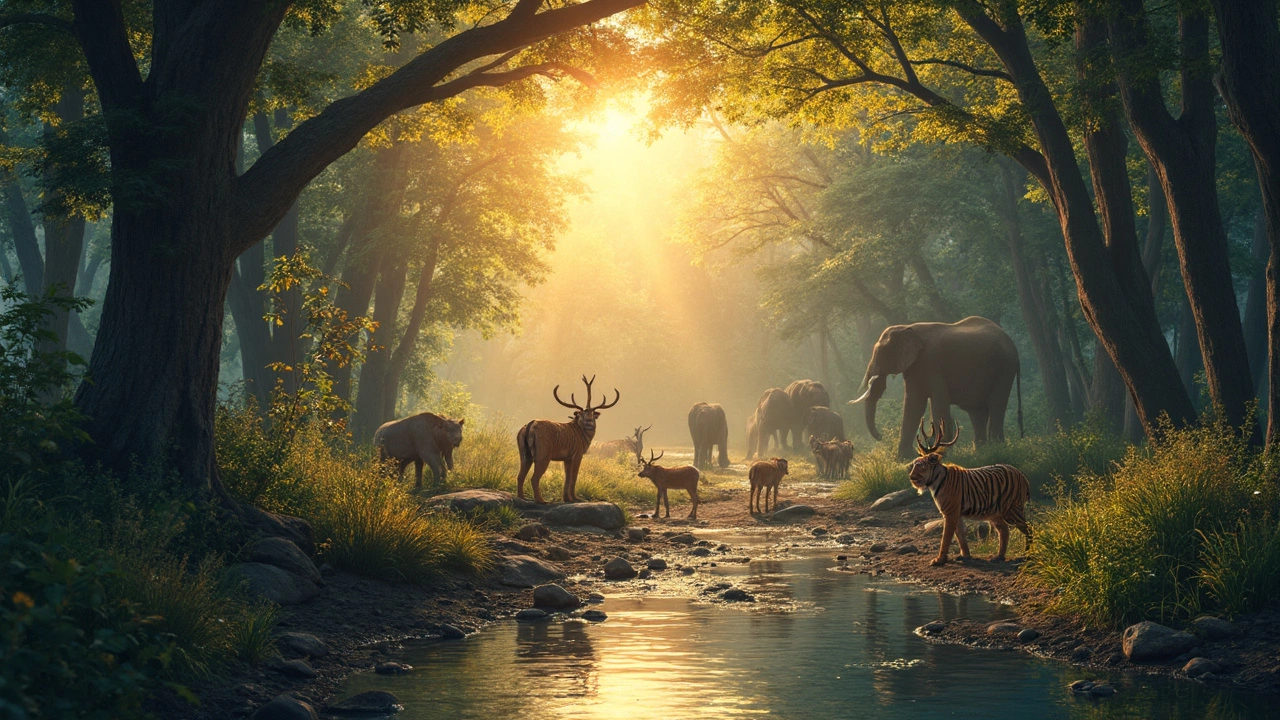Animal Safety in India: Protect Yourself and Wildlife on Jungle Camps
When you step into India’s wild spaces, you’re not just visiting nature—you’re entering the home of tigers, elephants, leopards, and countless other creatures that don’t see tourists as guests, but as intruders. Animal safety, the practice of minimizing risk during human-wildlife interactions. Also known as wildlife safety, it’s not about fear—it’s about respect, awareness, and knowing what to do when a tiger crosses your path or an elephant blocks the trail. This isn’t a movie scene. Real people get hurt every year because they feed monkeys, get too close to a sleeping leopard, or try to take a selfie with a wild boar. The same rules apply whether you’re on a jungle camp in Ranthambore, a forest lodge in Bandhavgarh, or trekking through the Western Ghats.
Wildlife safety India, the set of behaviors that keep both humans and animals protected in natural habitats starts before you even leave home. Never assume an animal is harmless just because it looks calm. A resting tiger isn’t sleepy—it’s waiting. A group of monkeys isn’t playful—they’re hungry and territorial. Most attacks happen because people act like they’re in a zoo. Your guide isn’t just there to point out animals—they’re your lifeline. They know the signs: a leopard’s tail flick, an elephant’s ear flare, a snake’s coiled posture. Listen to them. Follow their instructions. Don’t wander off. Don’t feed anything. Don’t play loud music at night. These aren’t suggestions—they’re survival rules.
Jungle camp safety, the specific practices used in overnight wilderness stays to prevent animal encounters includes simple things like keeping food sealed, sleeping inside tents with zippers closed, and never walking barefoot after dark. Many camps in Madhya Pradesh and Karnataka have strict no-food-in-tent policies because a single banana peel can attract a bear—and that’s not a story you want to live through. Even something as small as a plastic wrapper can become a death trap for animals that chew on it. Your actions don’t just protect you—they protect the animals too. Every year, wildlife is killed because they get too used to humans, or because they’re seen as a threat after a bad encounter. You can change that.
What you’ll find in these posts aren’t generic warnings. These are real stories from travelers who’ve had close calls, guides who’ve seen it all, and experts who’ve studied how to reduce conflict. You’ll learn why some parks ban cameras with flash, how to react if you meet a rhino on a trail, and what to do if your jeep breaks down near a lion’s territory. There’s no magic trick. Just clear, practical steps that work in the wild. And if you’re planning a jungle camp or safari, these are the things that separate a great trip from a nightmare. Pay attention. Stay smart. And remember—the animals were here first.
